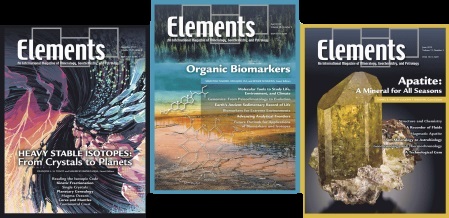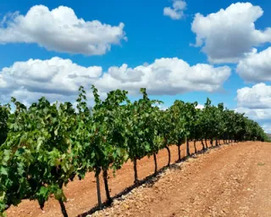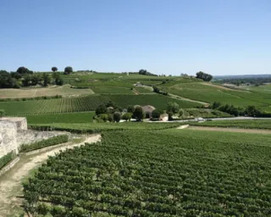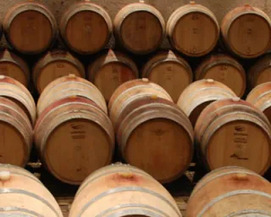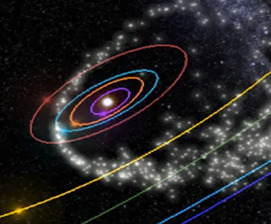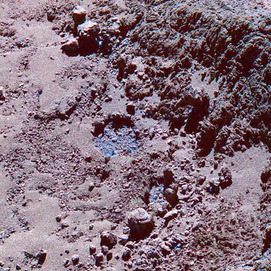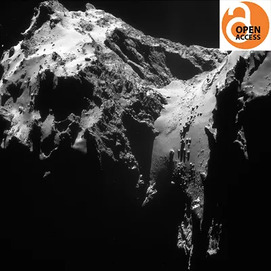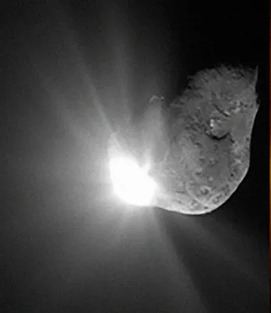The Scale Dependence of Wine and Terroir: Examples from Coastal California and the Napa Valley (USA)
The physical parameters of terroir are scale dependent. At the regional scale, climate is paramount and relates to the grape varietals most suited to the setting. Intermediate factors include geologic setting, sun exposure, and topography, all of which influence grape quality and character. At the smaller scale, soil character and local climatic variation shape grape flavor and aroma. These notions are discussed in relation to four California (USA) wine regions: Sonoma County, Paso Robles, Santa Barbara County, and Napa Valley.

